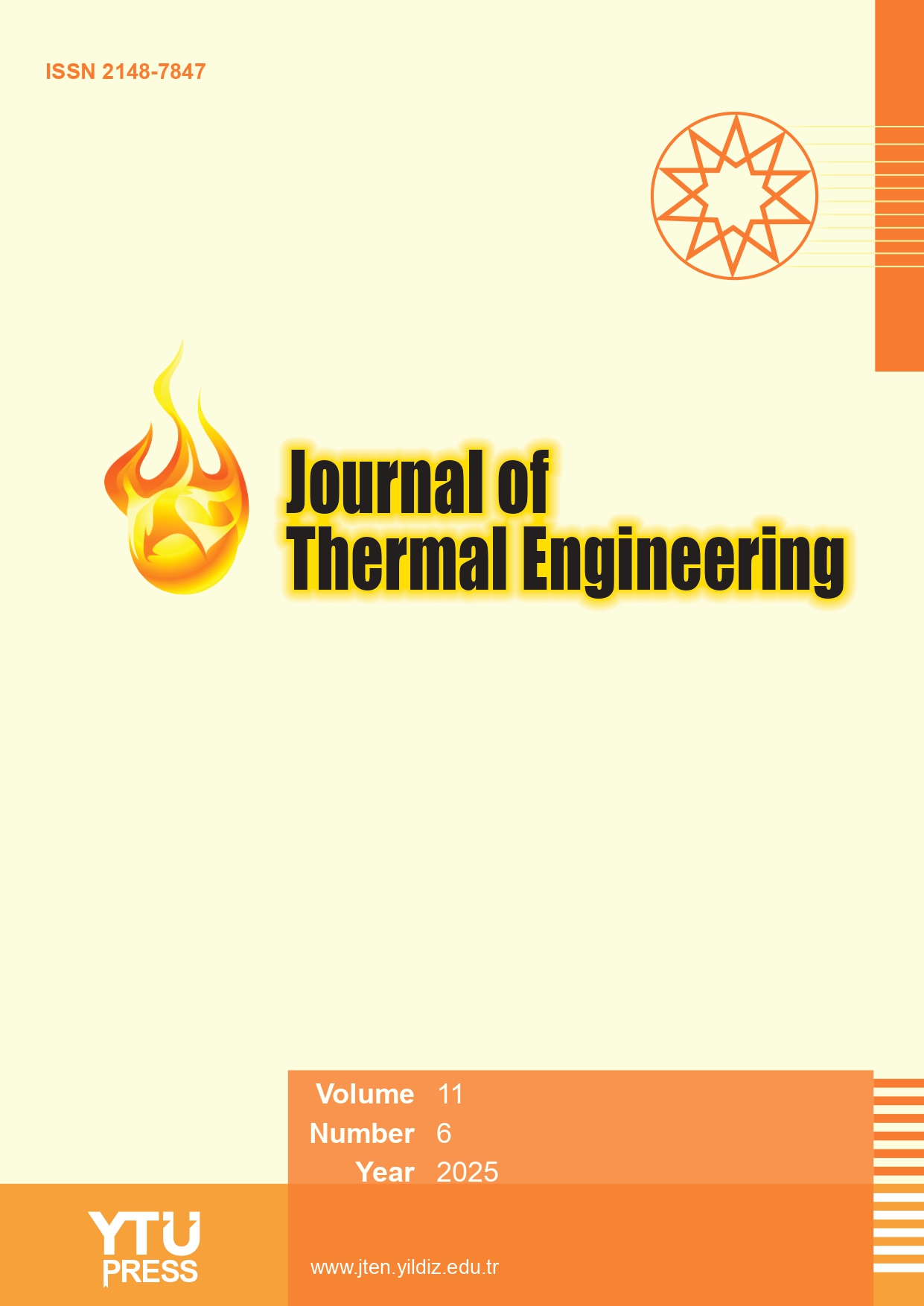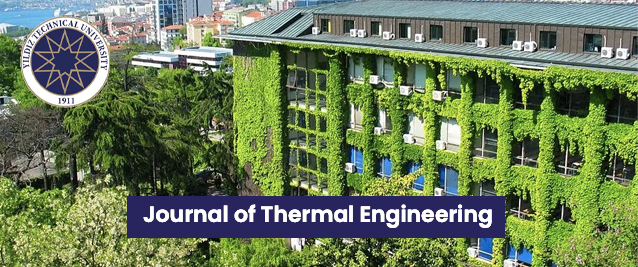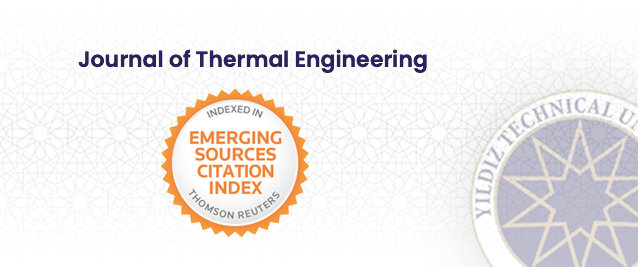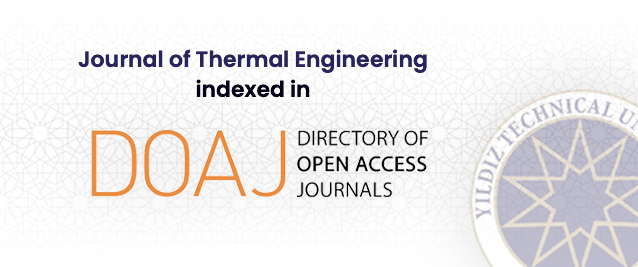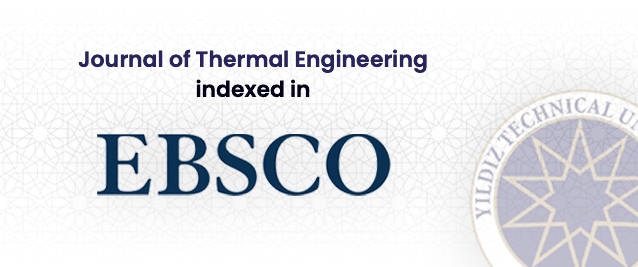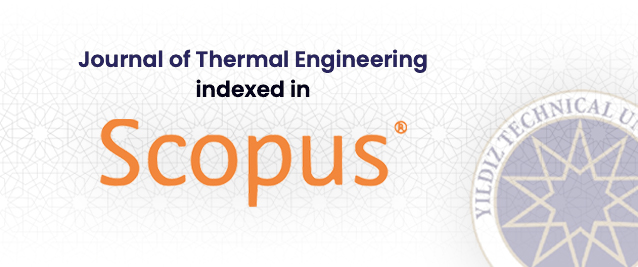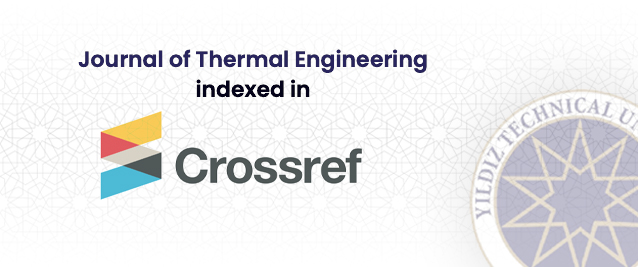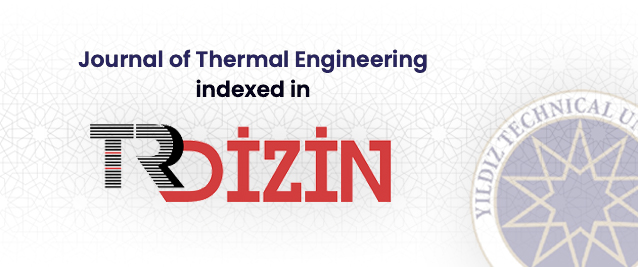Abstract
Lithium-ion battery packs are essential in aviation, particularly for aircraft like the Cessna, Cirrus, and Piper models usually with 24V, and 16Ah to 35Ah capacities, depending on the specific model and avionics package installed, due to their high energy density and weight efficiency, which are critical for optimizing performance and fuel economy. This paper makes an exploration when it comes to spreading the heat from Auxiliary Power Unit (APU) battery packs with various cooling methods. This study addresses thermal management challenges, including the risk of thermal runaway, which can jeopardize safe-ty challenges by optimizing heat dissipation in a 7s4p battery pack used in these aircraft, employing cooling techniques such as air cooling, phase change materials (PCMs), and alu-minum-based heat spreaders (Al 3003-H18 and Al 6063-T83) to meet typical aviation re-quirements for reliability and efficiency. The simulations proved by COMSOL Multiphysics® pointed out that the aluminum variants especially the Al 3003-H18 significantly reduced peak temperatures (64.27 °C) compared to air cooling (82.36°C) at 8C, thus offered best thermal regime capability and managed the peak temperature as well as the voltage across the different rates of discharged. Pearson’s correlation coefficient analysis also showed pos-itive higher order linear regression between aluminum-based models highlighting their ef-ficiency in dealing with the heat generation or thermal runaway. This work extends existing literature by applying aluminum heat spreaders for aviation-specific applications, offering new insights into the relationship between thermal properties and cooling strategies under high discharge conditions, thereby enhancing both safety and battery longevity in critical aviation operations.


